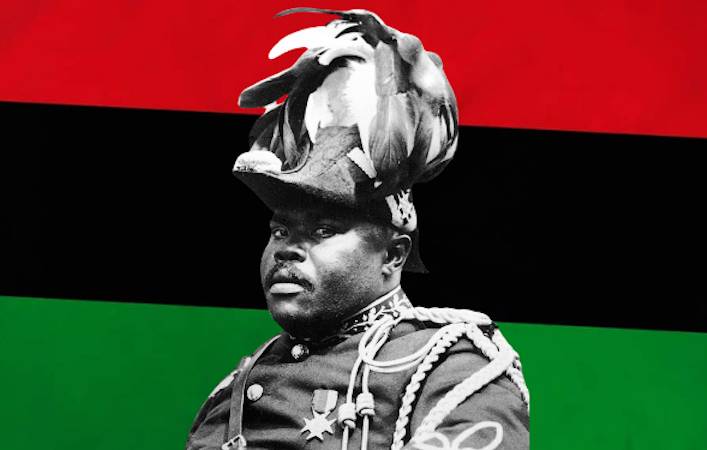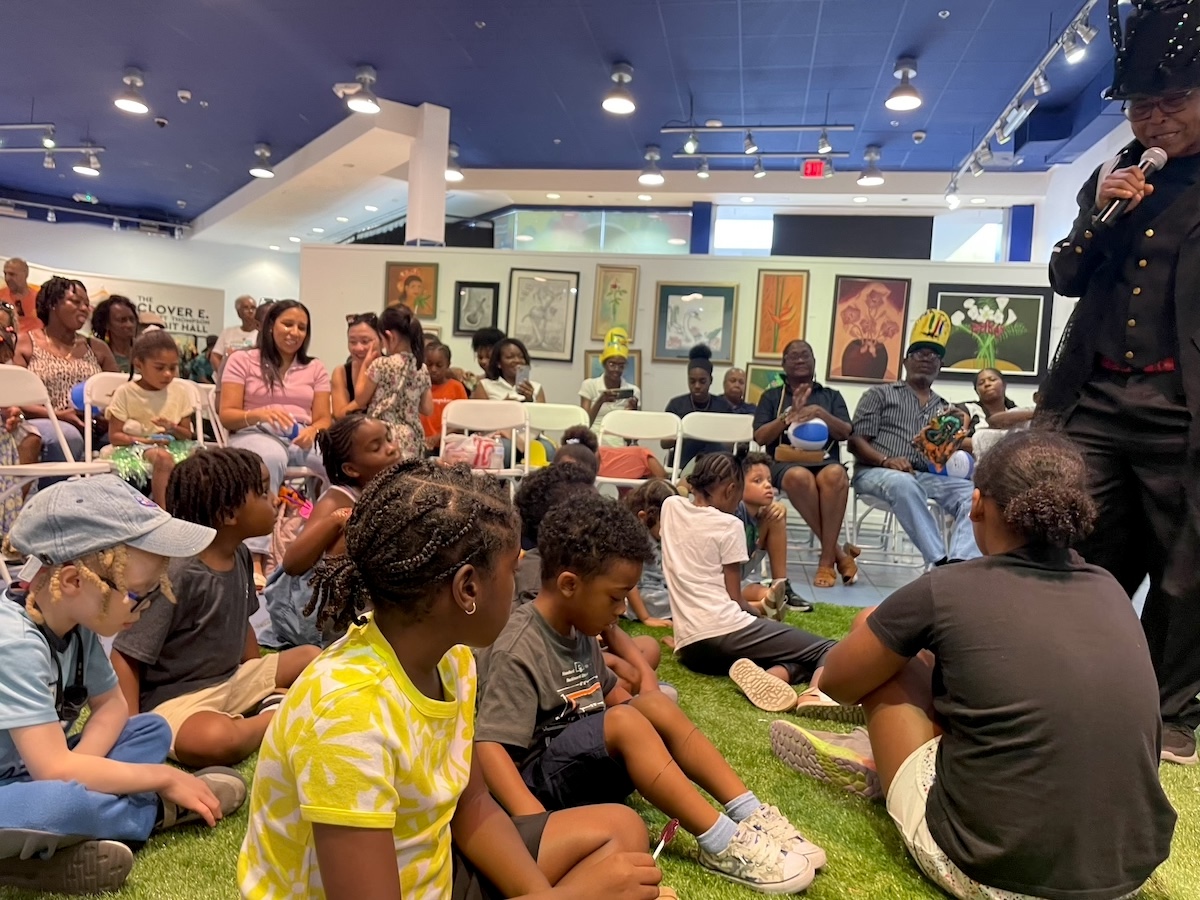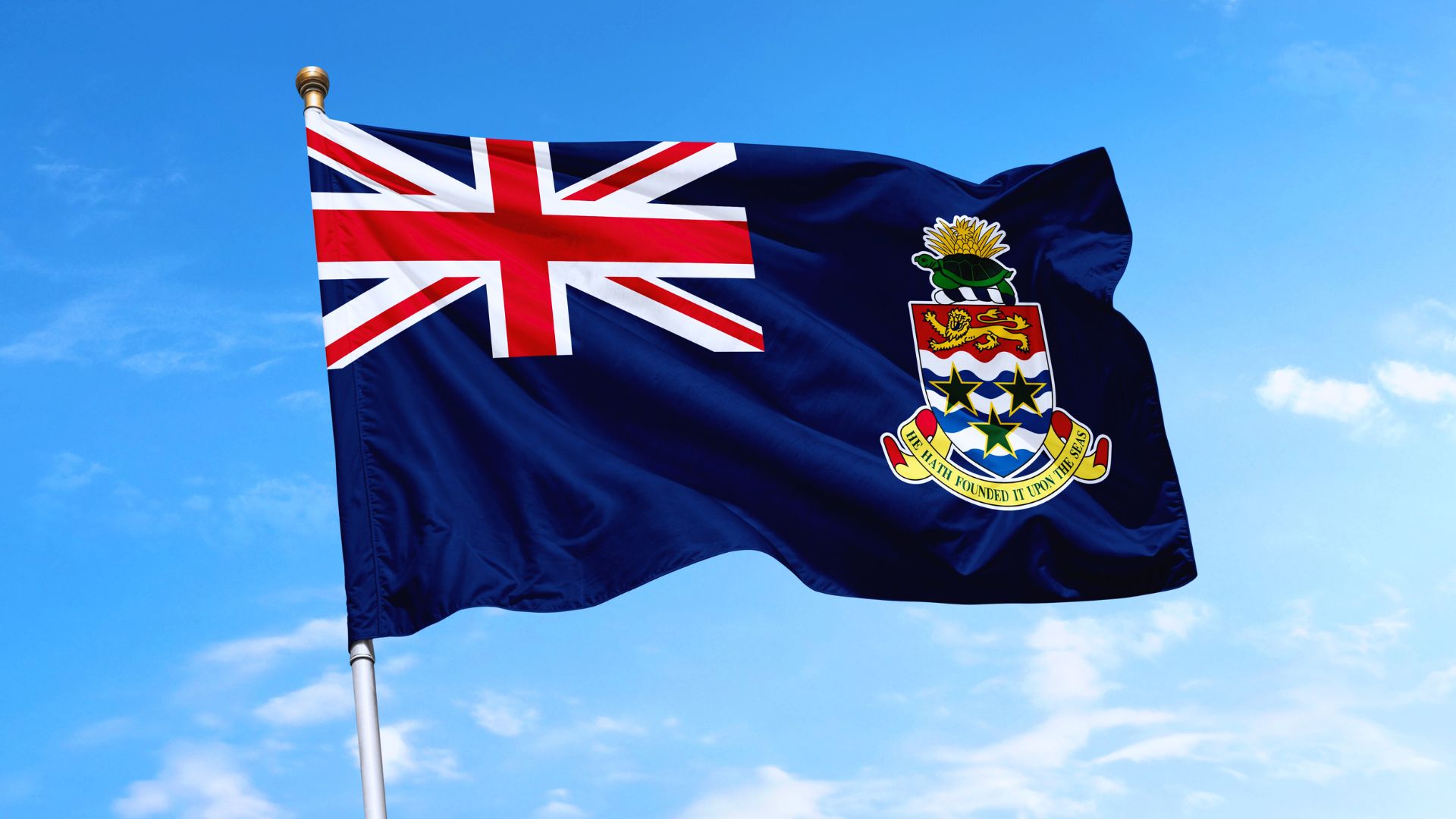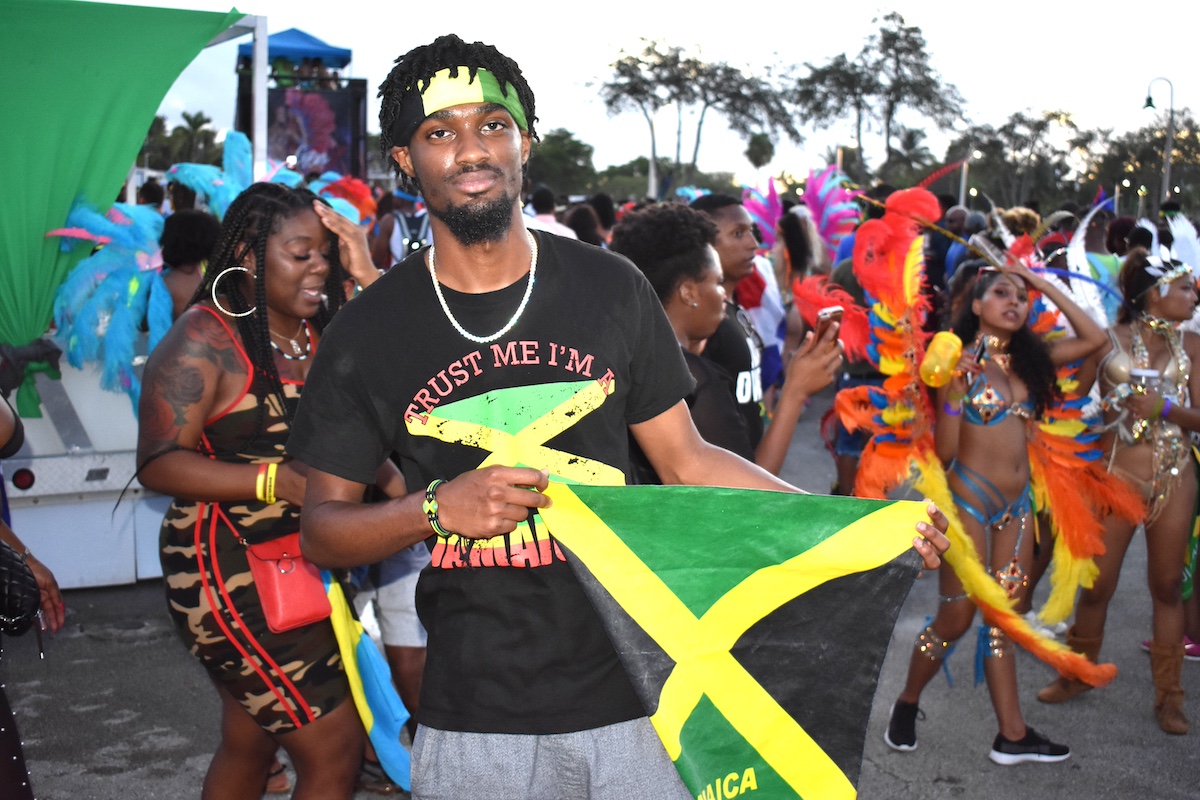Many African-Americans fly the Pan-African flag in the U.S. during Black History Month, but its origin and history have been lost for some since its adoption in 1920 by the Universal Negro Improvement Association (UNIA). It was created by Marcus Garvey, founder of the American Black Nationalist Movement based in Harlem in New York City.
The Pan-African flag features three horizontal strips – red, black and green. The colors represent the blood of people of African American ancestry, black for the people, and green for the motherland of Africa. The Pan-African flag is also known as the Black Liberation and African American flag.
Born in St. Ann’s Bay, Jamaica, in 1887, Garvey was the son of a stone mason and a domestic servant. He wore many hats during his lifetime. A gifted orator, he was an activist, journalist, publisher and entrepreneur. He founded the Universal Negro Improvement Association and African Communities League (UNIA-ACL) and was its first President-General. He was the self-proclaimed Provisional President of Africa. Garvey was also involved in trade unionism in his native Jamaica.
Garvey saw the flag as a sign of political maturity, a manifestation of resistance to oppression, and a source of racial pride. A racial purist and Black separatist, he was a highly controversial figure. Garvey was the founder of the Universal Negro Improvement Association and sought an independent Black African nation.
His platform was one of greater unity between Africans and those of African descent. He advocated for the Back-to-Africa Movement, which differentiated Garvey from other civil rights activists. While his ideas increased membership in UNIA, his black separatist views, violent rhetoric, and link to the KKK to further separatism were alienating factors for many.
In the U.S., Garvey launched the Negro Factories Corporation and the Negro Word newspaper. He became president of the Black Star Line shipping and passenger company in 1919. Garvey was deported to Jamaica in 1927, relocated to London in 1935, and died there in 1940. His body was relocated to Jamaica in 1964 and reburied in National Heroes Park in Kingston.
During his lifetime, Garvey had considerable influence within the Black Power Movement, the Nation of Islam, and Rastafari. Variations of Garvey’s flag has been used in multiple territories of Africa and the Americas and his flag continues to be a model for flags across Africa. A blue plaque marks his home at 53 Talgarth Road.






